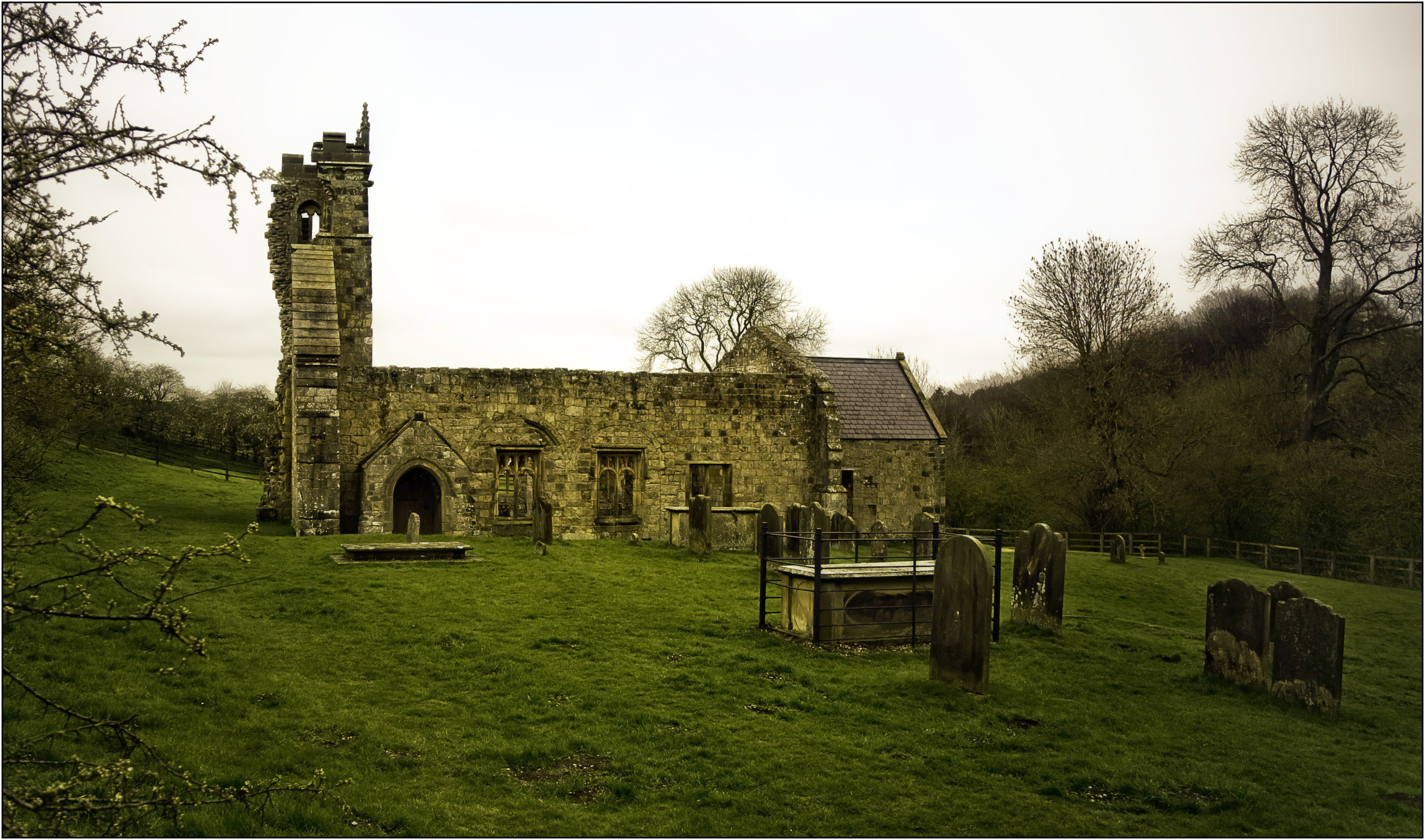Research into the medieval women from a village in Yorkshire, England, has revealed that they were much stronger and bigger boned than their contemporaries in urban areas.
Dr. Simon Mays, a senior archaeologist with English Heritage, studied 120 sets of women's bones from Wharram Percy, a village on the Yorkshire Wolds abandoned during the Later Middle Ages.
"The differences are really quite pronounced," Mays said. "Women at Wharram were much more muscular and bigger boned than their city counterparts. Whilst they were still doing the domestic chores and looking after children, they clearly also mucked in with the hard labour in the fields, building up their arm strength.'
"This might seem obvious given that Wharram was a poor rural community," he adds, "but in fact only scanty documentary evidence exists describing the lives of medieval peasant women.
"The research underlines the way that the sexual division of labour was much less marked in rural areas than in the cities of the time. The evidence from the Wharram bones speaks volumes, and reinforces that notion that life in the village was far from a rural idyll."
Wharram Percy is perhaps the best-known deserted medieval village in England, after it was rediscovered in 1948 and saw extensive archaeological research over the next forty years. The village flourished between the 12th and 14th centuries, but during the 15th century it declined because of changing farming practices and economic reasons. By the early 16th century, the remaining homes were knocked down and the area was turned into pasture land for sheep.
The site is now run by English Heritage and is open to the public.

